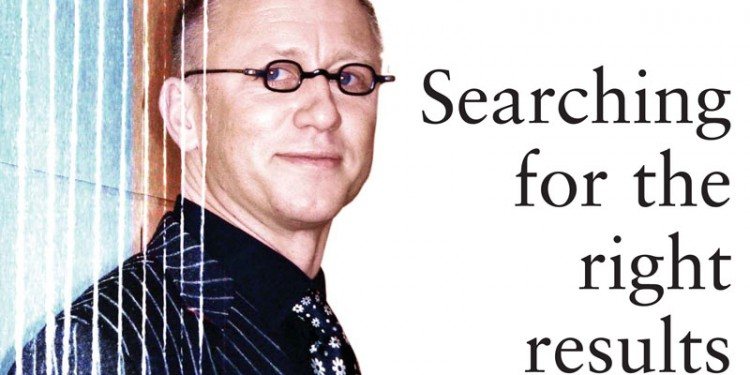Kelvin Thompson may not look like a head-hunter at first glance, but the world of executive search is changing rather more radically than just the way that they dress. He explains how to Anthony Thomson
What exactly do you do?
Three things. I still do a lot of work hiring COOs and CIOs for financial services firms, particularly on the wholesale side. I also chair our hedge-fund practice, so I do a lot of work within the hedge-fund community, which is looking to bring in senior leadership teams as they “institutionalize”. And I also sit on the Heidreck and Struggles leadership team as head of innovation. That role is to categorize how we, as a global firm, are revisiting the work we do in order to service our clients better as their needs evolve. So moving beyond search.
Is the search business going out of fashion, then?
Definitely not! It’s not going out of fashion, but it is changing – quite dramatically. If you look at the evolution of professional services, there are always tipping points, where the industry goes through substantial change because the market and client environment is changing. Search has gone through that recently. It is maturing, and going through the classic business stage where you have big players and developing boutiques. The middle players have gone. Executive search is still, for a lot of firms, very important – they need that service. But it has to be done differently, and as part of a larger “human capital” piece. The firms that can capture that will capture the market, and will add value to their clients over and above just filling a job.
Where do you think you add value?
The value used to come mainly from doing the search, but those days are over, because all the research is available on the web. The value now comes from having a depth of understanding, which is a combination of science and art – of what’s going to work for that firm’s DNA; identifying which executives will be successful in leading it or working within its leadership team; which type of leadership the firm needs for its next phase of growth; and then being able to analyse and define that with the executives you are looking at. And then challenging the clients, because their preconceived notions of what or who they think they want may be wrong.
To read the full article, please download the PDF above.

